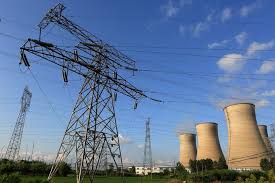
State versus market in China’s low-carbon energy transition: An institutional perspective
China has taken great strides over the last 15 years to constrain the rise of CO2 emissions from its energy sector. Energy intensity has declined, the installed capacity for wind and solar energy has soared, and the share of fossil fuels is falling. This success has been achieved through deploying administrative policy instruments backed by generous state finance.
As this approach is yielding diminishing returns, the government has launched a number of initiatives to increase the role of market forces across the energy sector: in the oil, gas and electricity industries, and through the development of carbon markets.
However, the wider political and economic context is undermining these moves. Central and local government agencies regularly intervene to disrupt the operation of these markets. At the same time, most resources and assets remain in the hands of enterprises owned by the state at central or local levels, giving them too the ability to undermine these markets.
The application of institutional concepts provides insights into how the style of governance at national level and within the energy sector constrains the development of the new market initiatives. As a result, these market mechanisms will not yield their potential efficiency improvements and emissions reductions in the current institutional context. These findings are also relevant to many other countries, especially those with a long history of state involvement in the energy sector.
To read the full article in the journal Energy Research & Social Science, go to https://www.sciencedirect.com/science/article/pii/S2214629620300803





